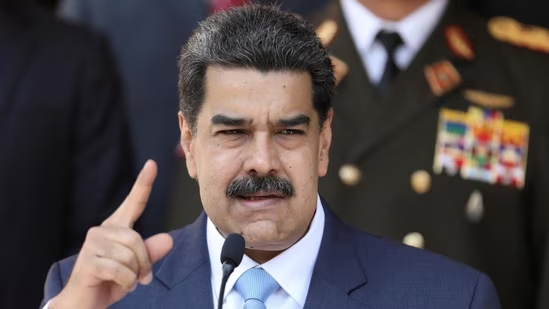Francis Tuschek, Quito,Equador
In a significant diplomatic move, earlier this month China was admitted as an observer in the Andean Community—comprising Bolivia, Colombia, Ecuador, and Peru—marking a notable expansion of its influence in Latin America. While the gesture may appear symbolic on the surface, analysts see it as a strategic step in China’s broader effort to become an indispensable partner for the region’s pursuit of development and autonomy.
Since the 1990s, China has steadily increased its footprint across Latin American institutions, now holding observer or membership statuses in nine regional organizations. Its engagement extends beyond symbolism, with China actively shaping trade policies, development agendas, and regional standards through forums like the China-CELAC Forum, which Beijing uses to promote itself as a cooperative, non-interventionist alternative to Western powers.
This institutional inclusion is part of China’s larger regional strategy, motivated by pragmatic economic interests and geopolitical ambitions. China’s Belt and Road Initiative has seen cooperation agreements with 24 Latin American nations, with recent deals with Colombia symbolizing Beijing’s growing role in the region. Chinese firms often expedite infrastructure projects faster than Western counterparts, offering quick financing and fewer conditions, tailoring their approach to Latin American priorities.
Economically, China has become Latin America’s second-largest trading partner, with trade reaching $520 billion in 2024. The region exports abundant resources such as lithium and copper, which are critical to China’s industrial ambitions. However, the relationship also raises concerns over resource dependency and limited industrial diversification.
The strategic partnership extends into security realms, with China expanding military sales and cooperation in Latin America. Venezuela remains a key purchaser of Chinese military equipment, while countries like Argentina, Bolivia, and Ecuador have increased defense collaborations. Additionally, China’s interest in space technology is growing, with ground stations and joint space cooperation initiatives illustrating its long-term influence ambitions.
Meanwhile, the United States is pushing back against China’s regional advances. The revival of the Monroe Doctrine under the Trump administration, combined with economic and diplomatic pressure, aims to counteract Chinese influence. Yet, many Latin American countries continue to seek pragmatic ties with Beijing, driven by the desire for diversified options and economic growth.
The recent move by the Andean Community to admit China as an observer symbolizes a broader shift: Latin America’s push for greater regional autonomy amid competing superpower interests. While this expanded engagement offers opportunities for development, it also poses strategic choices for the region’s governments as they navigate the complex interplay between Washington and Beijing.



